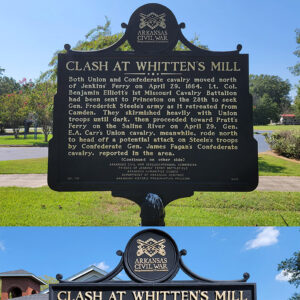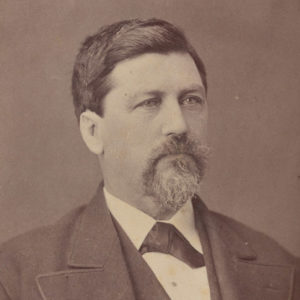Entry Category: Events
White River, Skirmish at (March 22, 1863)
White Springs, Skirmish at
Whiteley’s Mills, Skirmish at
Whitmore’s Mill, Skirmish at
aka: Skirmish at Whitten's Mill
Whitney’s Lane, Action at
aka: Skirmish at Searcy Landing
 Whitten's Mill Marker
Whitten's Mill Marker
Wild Haws Expedition
aka: Strawberry Creek Expedition
Williwaw War
 Samuel N. Wood
Samuel N. Wood




